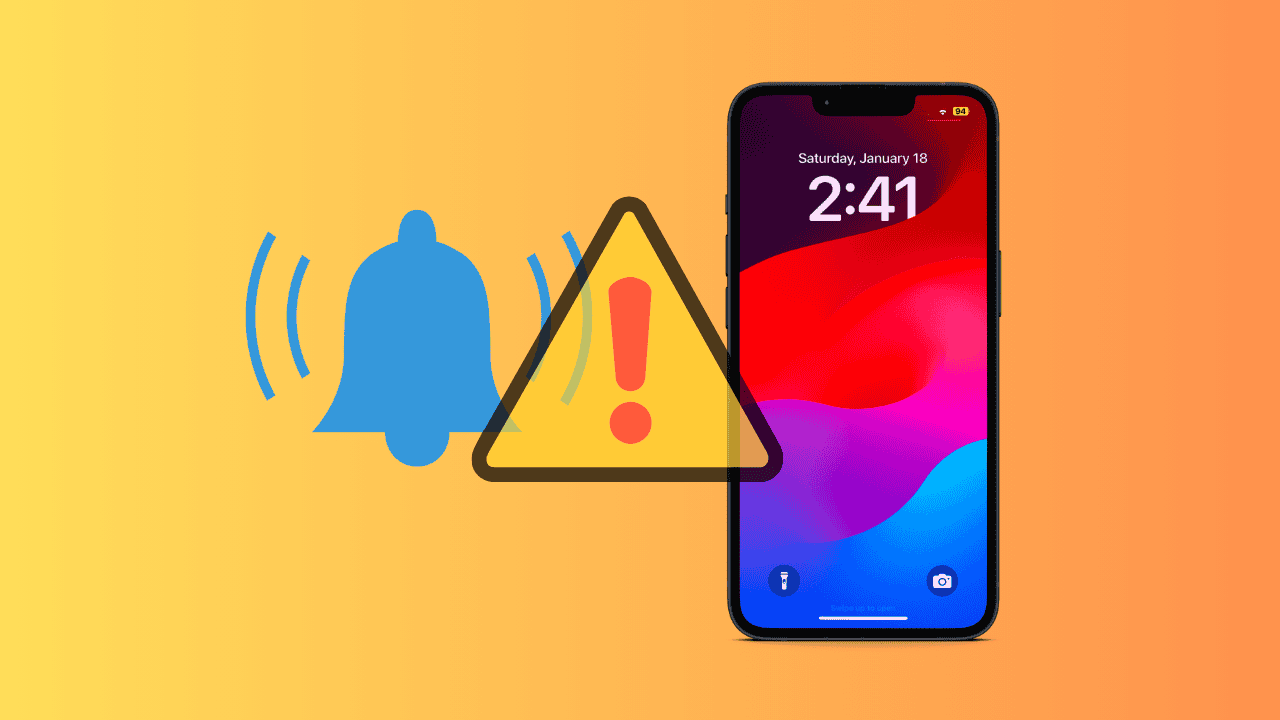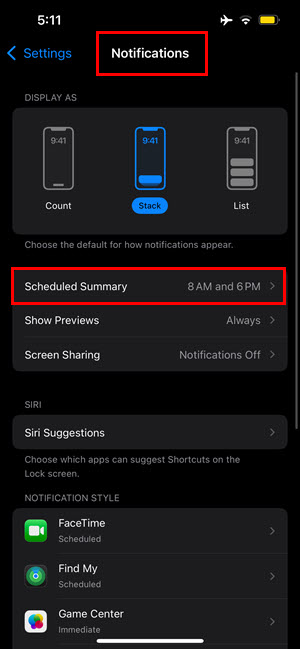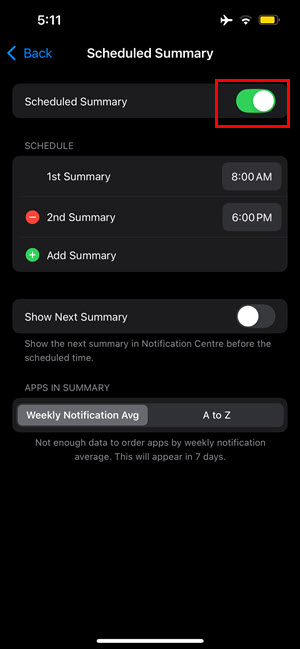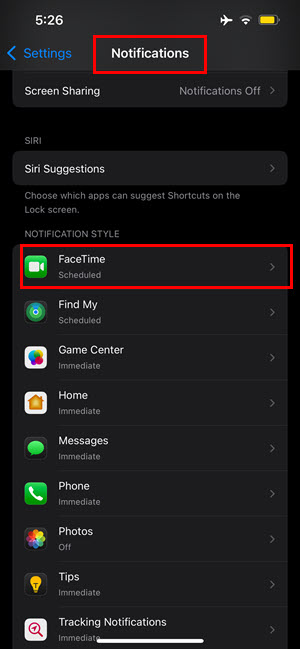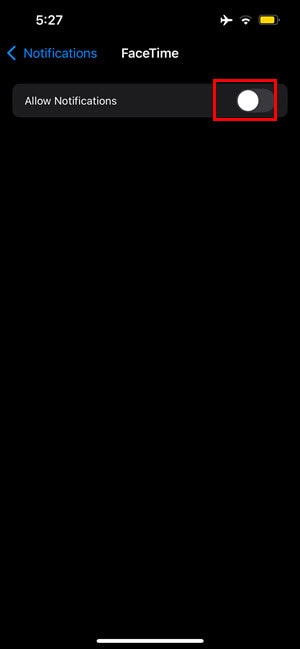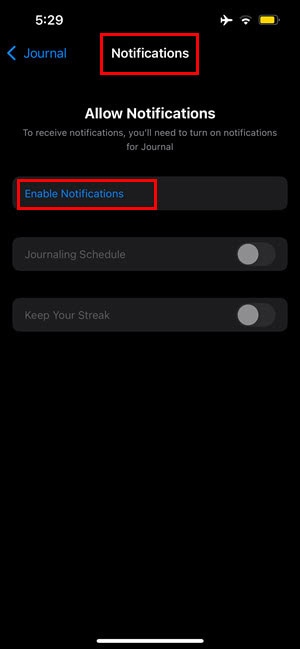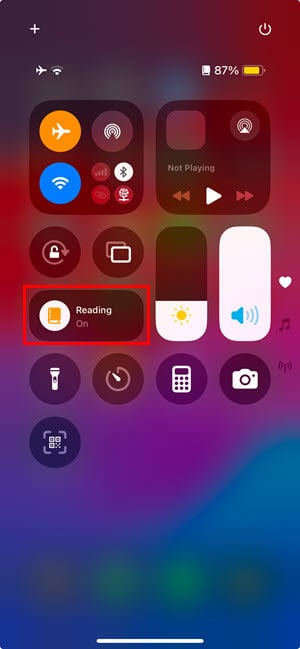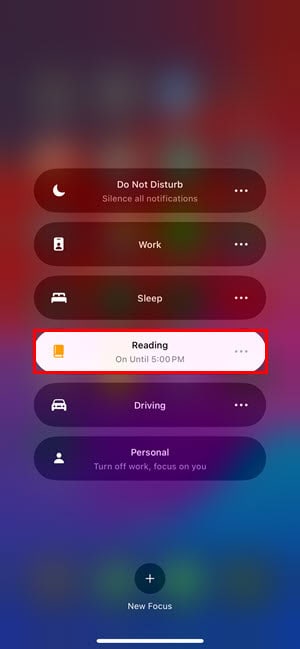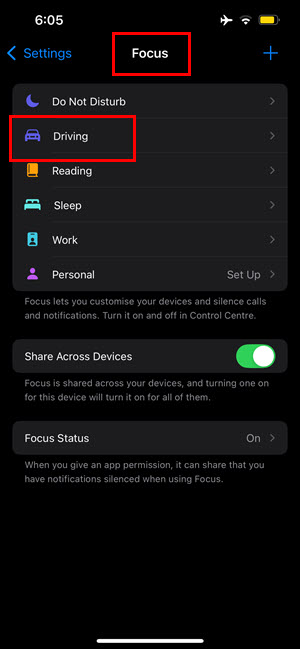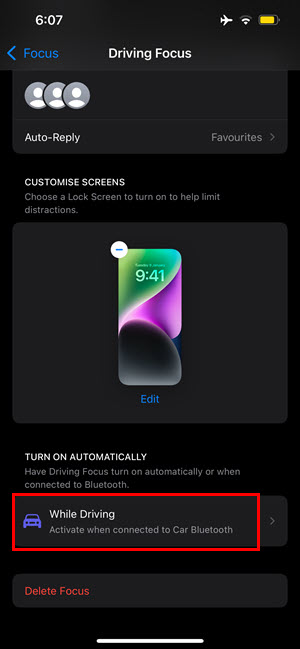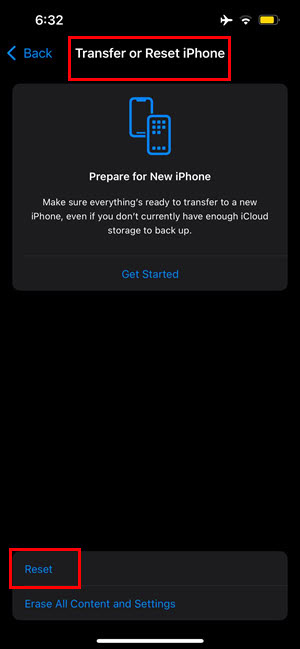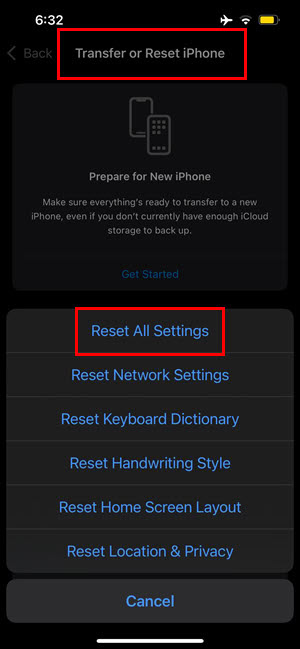The iOS notification system is set to chime and light up the screen for incoming alerts. But glitches or misconfigured settings can interrupt this process. For instance, you might hear sound alerts while the display stays off. It’s not unusual for the notifications system to act up. But these issues don’t automatically warrant a trip to the Apple Store—here are some troubleshooting steps you can try at home.
What Do I Do When Notifications Are Not Turning On My iPhone?
1. Disable Scheduled Summary
Time needed: 3 minutes
Do you notice a recurring pattern where your iPhone screen doesn’t show notifications? You might have left the Scheduled Summary setting enabled. Here’s how to fix that:
- Open the Settings app on your iPhone.
- Scroll down on the Settings screen until you find the Notifications menu. Tap on that.
- You should see the Scheduled Summary menu just below the Display As section. Tap on Scheduled Summary.
- Touch the Scheduled Summary toggle button to disable the feature.
- From now on, your iPhone will light up when there’s a new notification.
2. Go Through the Basic Fixes
Before diving into the more complex steps, let’s go through the basics.
- Toggle On/Off the Airplane Mode from the iOS Control Center.
- Disable and re-enable Wi-Fi or cellular data.
- Toggle On/Off Silent Mode by changing the position of the physical Ring/Silent switch or the Action button on the left side.
- Open the Settings app and touch the Battery icon. Disable Low Power Mode situated below the Battery Percentage toggle button.
- Disable Low Data Mode from Mobile Data Options in Mobile Data Settings. For a Wi-Fi network, tap the Info button for the connected Wi-Fi network in Settings > Wi-Fi menu. Disable Low Data Mode for the selected Wi-Fi.
3. Allow Notifications for a Specific App
If your notifications are only acting up for one specific app, check its notifications settings. You might have accidentally disabled it.
- Open Settings on the iPhone and touch the Notifications menu.
- Scroll down to the Notifications Style section and find the target app.
- Let’s say it’s the FaceTime app, so touch it in the Notifications Style list.
- Tap on the Allow Notifications toggle button to enable FaceTime notifications.
- Now, if the target app isn’t in Settings > Notifications > Notifications Style section, go back to the main Settings screen.
- Scroll down to the bottom and tap Apps.
- Find the target app in this list and tap on it.
- Scroll down to the General section on the new screen and touch Notifications.
- Tap Enable Notifications in the new page that opens.
4. Disable Focus Modes
Focus mode limits the push notifications that show up on your Lock Screen. It’s an effective way to minimize distractions when doing deep work, but you’ll miss important messages if you leave it running 24/7.
For all Focus modes except for the Driving Focus, follow these steps:
- Swipe down from the top right corner of the screen to bring up the Control Center.
- Touch the currently active Focus, like Reading which should show between the LED flash light and Portrait Orientation Lock buttons.
- A new screen overlay will open showing all available Focus modes and the active one will be highlighted in a solid white background.
- Tap on that Focus mode to disable it.
Turn Off Driving Focus Mode
You can also disable Driving Focus from the Control Center by touching the car icon and touching the Driving Focus on the new overlay screen. However, Driving Focus will reactivate after a few minutes or the next time you start driving. Here are the quick steps to disable automatic activation of Driving Focus:
- Open the iOS Settings app and scroll down until you find the Focus menu.
- Touch Focus.
- The Focus screen will show a list of available Focus modes.
- Tap on the Driving Focus.
- Scroll down to the Turn On Automatically section on the Driving Focus screen.
- Tap on the While Driving menu.
- On the While Driving window, touch the Manually option below the Activate section.
- Also, disable the Activate With CarPlay feature by tapping on the toggle button once.
5. Enable Always On Display
This fix applies to the Pro and Pro Max models of iPhone 14, 15, and 16 models. When this feature is active, the iPhone display stays active in a super dimmed mode yet incoming notifications are visible enough. This mode is active by default unless you disable it from Settings > Display & Brightness > Turn off Always On Display.
6. Reset iPhone Settings
As a last resort, consider resetting your iPhone. Just revert to the factory settings since you can’t pinpoint the misconfiguration or error causing this glitch.
- Open Settings and touch General.
- Go to the bottom and tap on Transfer or Reset iPhone.
- Touch the Reset option at the bottom.
- Tap on Reset All Settings.
- Authenticate the action with the passcode.
- Follow onscreen prompts to complete the process.
Please note, that you’ll lose all saved configurations including your Wi-Fi password if you reset the iPhone.
If none of these work for you, contact Apple Support for advanced assistance. You might also want to learn the solutions to fix notifications not working on iOS 18/18.1.
